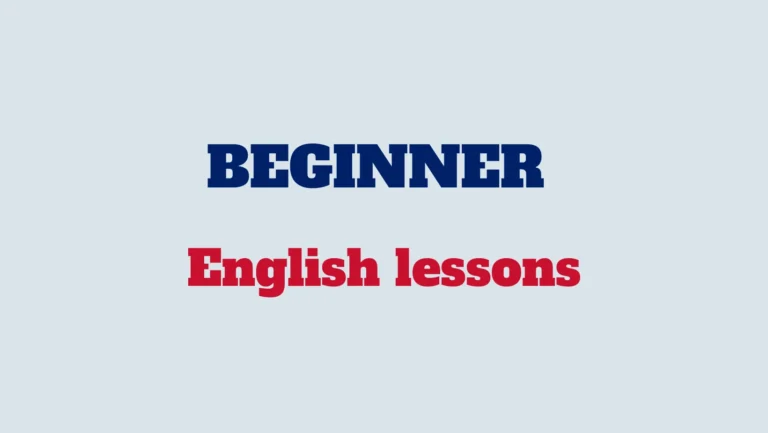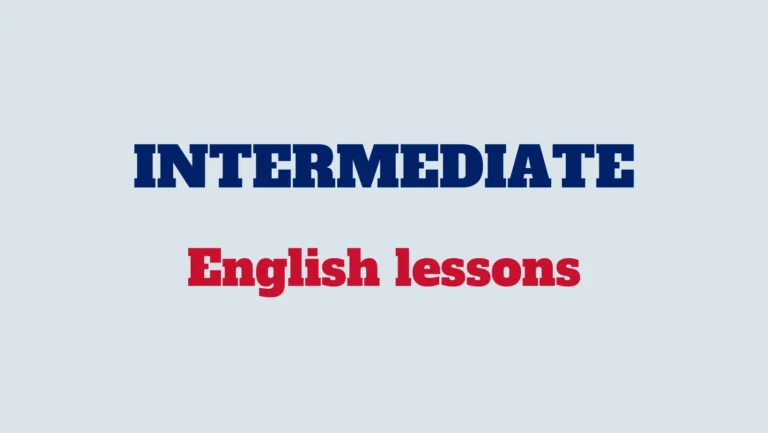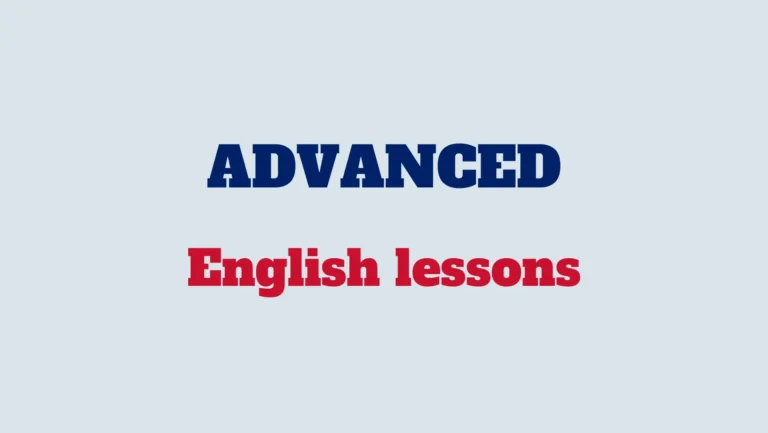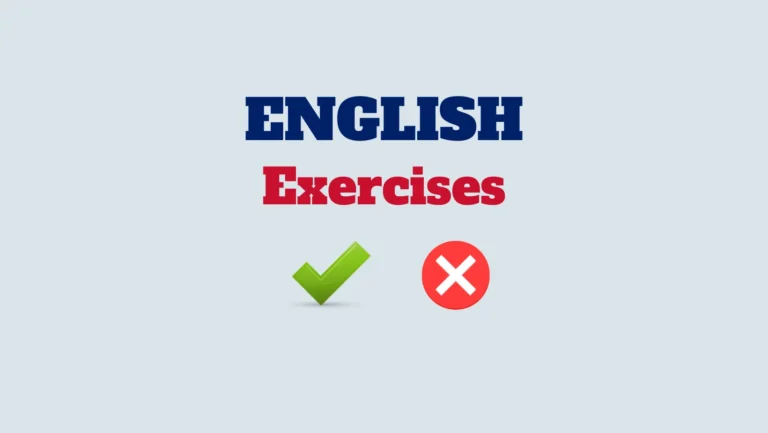Comparative forms are used to compare the differences in degree or quality between two or more things in English. Whether dealing with adjectives or adverbs, understanding how to form comparatives is crucial for expressing relationships and distinctions.
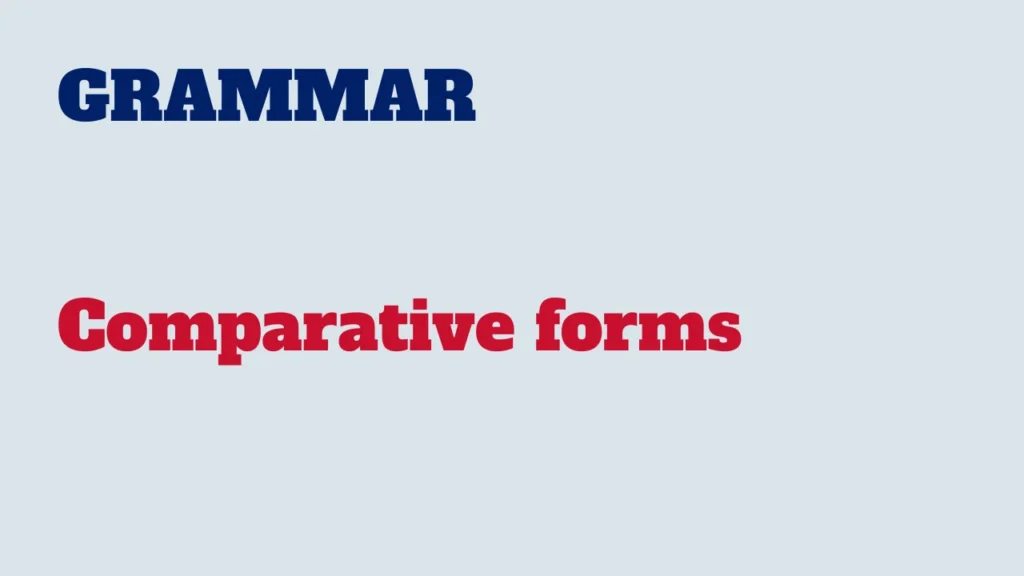
In this grammar lesson, we’ll explore the comparative forms of adjectives and adverbs, along with their usage.
Comparative forms of adjectives:
Adding “er”:
For most one-syllable adjectives, add “-er” to the adjective to form the comparative.
Examples:
Tall → Taller
Fast → Faster
Ending in “e”:
If the adjective ends in “e,” simply add “-r” to form the comparative.
Examples:
Large → Larger
Brave → Braver
One vowel, One consonant:
For one-syllable adjectives with one vowel and one consonant, double the final consonant before adding “-er.”
Example:
Big → Bigger
Hot → Hotter
Two or more syllables:
For adjectives with two or more syllables, use “more” before the adjective to form the comparative.
Examples:
Beautiful → More Beautiful
Interesting → More Interesting
Comparative forms of adverbs:
Adding “er”:
Similar to adjectives, most one-syllable adverbs can take the “-er” ending.
Example:
Fast → Faster
Early → Earlier
Ending in “ly”:
For adverbs ending in “ly,” use “more” before the adverb to indicate the comparative.
Examples:
Quickly → More Quickly,
Happily → More Happily
Using comparative forms:
Comparing two things:
Comparative forms are used when comparing two things.
Example:
This book is better than that one.
Expressing differences in degree:
Use comparatives to express differences in degree or quality.
Example:
She speaks French more fluently than I do.
Common mistakes to avoid:
Using “More” with one-syllable adjectives:
Incorrect: She is more tall than her sister.
Correct: She is taller than her sister.
Incorrect Comparative Form for Irregular Adjectives:
Incorrect: Good → Gooder
Correct: Good → Better
Misusing “-er” with Adverbs Ending in “ly”:
Incorrect: Quickly → Quicklier
Correct: Quickly → More quickly
Mastering comparative forms is essential for expressing distinctions and nuances in English. Whether dealing with adjectives or adverbs, understanding the rules for forming comparatives enhances your ability to communicate effectively. Keep practicing, and soon, using comparative forms will become second nature. Happy learning!
